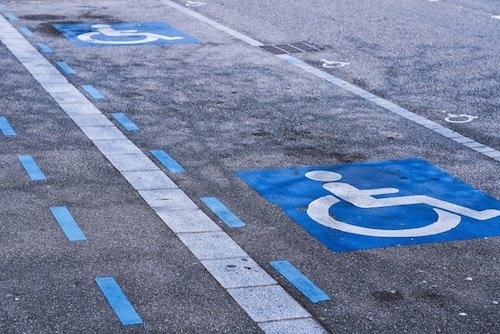Partners in the Spotlight
Selected integrations
AXIS ACAP - Parquery in-camera
Fotokite - Parking & Traffic Surveys
Parquery works with ANY camera
A lack of knowledge about how parking space is used, where and when the highest and lowest demands are can lead to inefficient and poorly managed parking. In turn, this might cause excessive traffic, congestion, long search time for parking, and discontent drivers. Concerns over parking issues – whether real or perceived – have been shown to directly affect driver behavior and discourage them from returning.
In contrast, understanding how a parking lot is actually used allows for targeted simultaneous optimization for drivers and parking operators alike. A situation where both sides profit: drivers benefit from an improved parking situation - gone are the unnerving search for a spot and concerns over parking issues - and parking operators from improved occupancy, higher turnover, and more profit.
Parking data generated by smart parking solutions deliver a foundation for informed business decisions to managers. Understanding the usage of a parking lot can pinpoint potentials to increase usage, reduce costs, manage risk, and, thus, grow revenue and gain competitive advantage.
Once identified in the data, a parking manager can examine the reasons and develop a strategy for those underused areas.


Statistical usage data is an objective instrument to test and evaluate policy and regulation changes. Similarly, construction measures such as alternative traffic routing or different configurations to increase the facility’s capacity or attractiveness, e.g., varying spot dimensions, entry angles, or illumination, can be assessed for their effectiveness.
Let the data spark creative and unconventional ideas for increased revenue, such as converting the parking lot to a multi-purpose facility with (temporarily) reduced capacity. For example, a parking facility can be fully or partially rented out during down-times, e.g.,

Urban parking lots have the potential to be converted into fully-fledged mobility hubs that accommodate multi-modal transportation by teaming up with partners and meeting new demands like e-vehicle charging stations, Mobility-as-a-Service (MaaS), parking for shared micro-mobility, such as e-bikes and e-scooters, or pick-up/drop-off zones.
Parking space is a valuable resource, particularly in urban centers and bustling places like airports and shopping centers. Smart parking can encourage fair use and a high turnover rate and discourage drivers from exceeding parking time. Parquery’s solution can alert the parking operator to offenses and provide visual evidence.
Parquery’s system detects vehicles wrongly parked, e.g., on the sidewalk, in designated areas (e.g., loading zones, areas reserved for drivers with limited mobility, or electric vehicles), or double-parked (e.g., on the access road).






Moreover, occupancy data can be linked to payment information. Thus, Parquery’s system can notify the operator if a vehicle is parked without paying or overstaying, either by exceeding the purchased time or extending the time beyond maximum parking period.
Furthermore, Parquery streamlines the enforcement. Once a parking officer receives a real-time alert, they can head straight to the vehicle’s location. Parquery thus allows enforcing regulations efficiently and also provides image evidence.
Parking managers profit from Parquery's smart parking analytics while protecting the drivers' privacy. We incorporated privacy and data protection straight into our conceptual and technical solution.
Using simulation software, Parquery ensures optimal coverage of the parking facility while minimizing the number of cameras. This software optimizes the camera views while limiting them to the areas relevant to the smart parking service. Regions outside the facility’s perimeter and personal data, such as faces and number plates, are automatically anonymized by blurring. Thus, Parquery can guarantee that neither people nor vehicles can be identified from an image. Finally, all images are automatically deleted once processed.
How Parquery ensures privacy and data protection
How Parquery’s simulations contribute to protecting privacy
